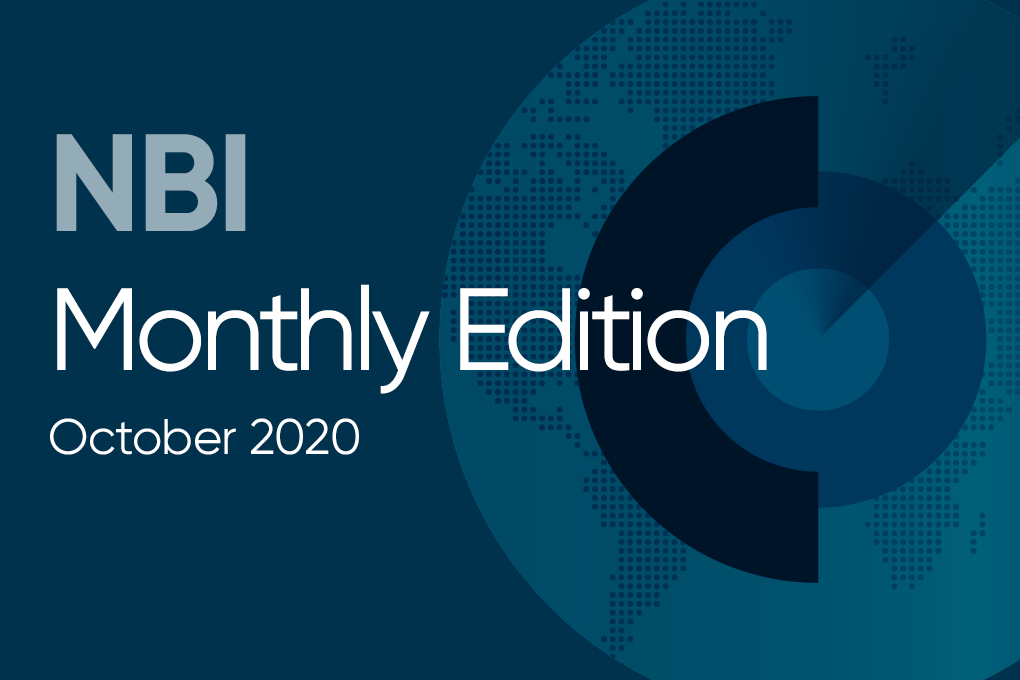What you need to know about active management
The active management of investments has recently gained popularity, particularly during notable upswings in market events. The attraction began when investors unsurprisingly wanted to cash in on short-term price fluctuations. It requires meticulous oversight (typically by a portfolio management team) going far beyond the surface analysis of markets and delving further into quantitative and qualitative data that us mere mortals may not have access to. This provides professionals with educated insights as to when market events may occur.
The perks
- Hedging plays a part. More positions can be taken to offset possible lows.
- Investors don’t need to remain loyal to an index. If they want to invest in budding opportunities with and abundance of potential, they can.
- There are ways to leverage tax strategies by offsetting gains by selling stocks that are underperforming.
The drawbacks
- The costs associated to the transactions themselves and the fees for the expertise of managing the funds can increase quickly. Sometimes, the expenses related to management can eat into any profits made that beat index.
- Timing is key: stock can be bought and sold whenever, so one bad move and things can go south quickly.
What you need to know about passive management
The passive management of investments requires long term decision-making as buying and selling positions occurs less frequently. Investors in this category typically opt for index or mutual funds which creates some form of consistency in performance. Passive investments have garnered more asset flows in recent years.
The perks
- Fees are substantially lower. No big spending on portfolio management here.
- Investors have visibility into where their assets are; look to the stock market!
- Capital gains are not astronomical, so taxes are not as bad.
The drawbacks
- Investors are left to the mercy of the market: whatever happens, happens. There are few portfolio managers making tactical moves to take advantage of market anomalies or to avoid losses.
- Investors can expect modest returns; they will rarely outperform the market.


